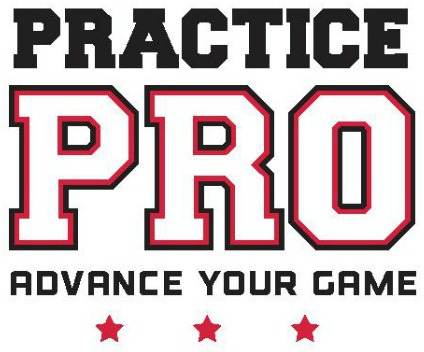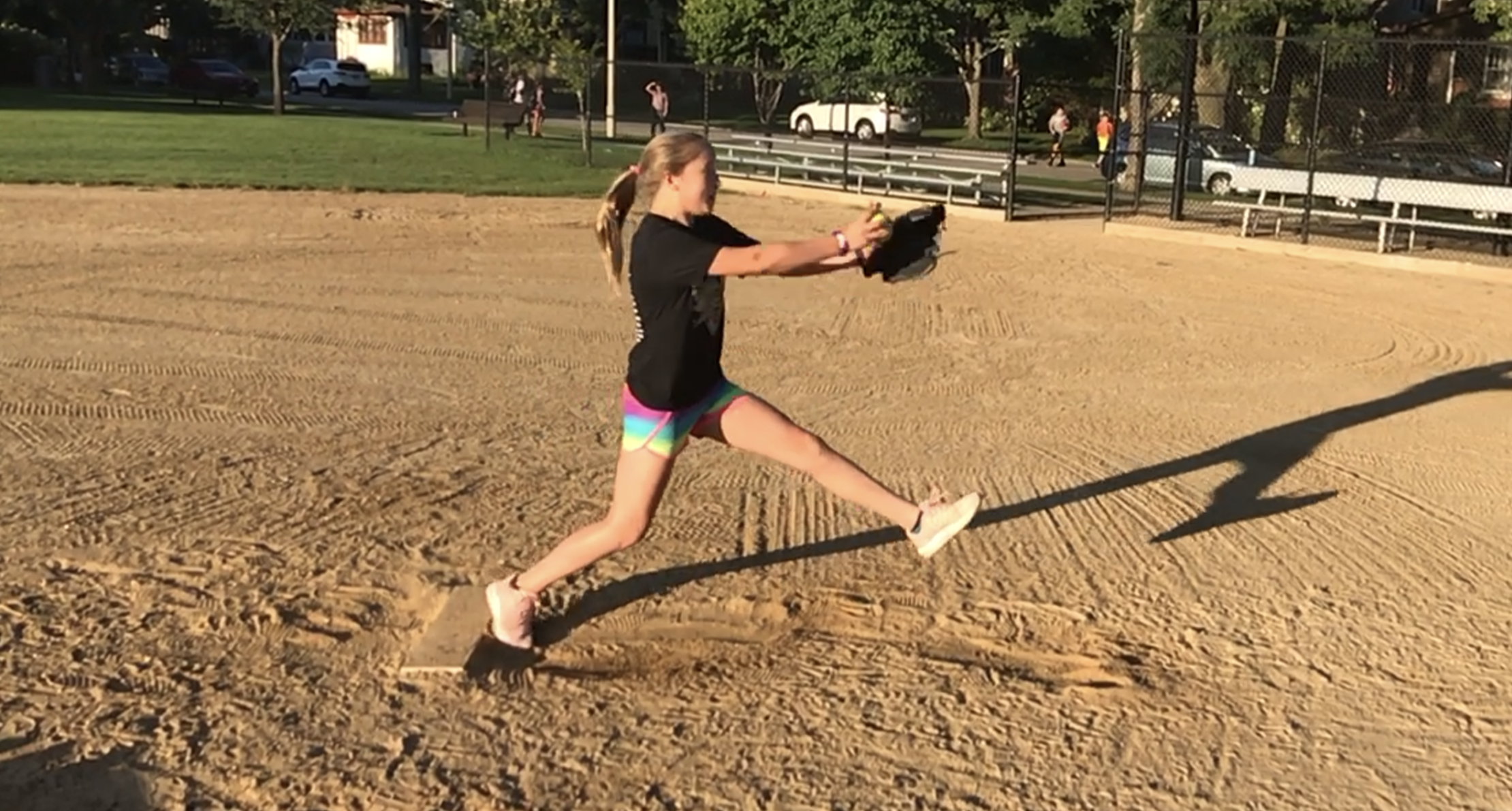Do You Have A Clueless Coach?
/I’d like a make a plea for parent-coaches to attend coach’s clinics. Here are 6 reasons why:
Leverage: I you send 12 kids on your team to a one-hour pitching clinic the total cost at $50 per kid = $600!! Also add 12 hours of your players’ time. Or, you go to a defensive clinic for one hour at the total cost of $50, with no extra time for the kids. Teach them what you learned during regular practice hours.













![Drills & Tools For Success [Video]](https://images.squarespace-cdn.com/content/v1/56a0f458b204d5ee03895a17/1624042258572-AKZDNQ89CHS7KZ3GVOOF/thinkplay.jpg)








